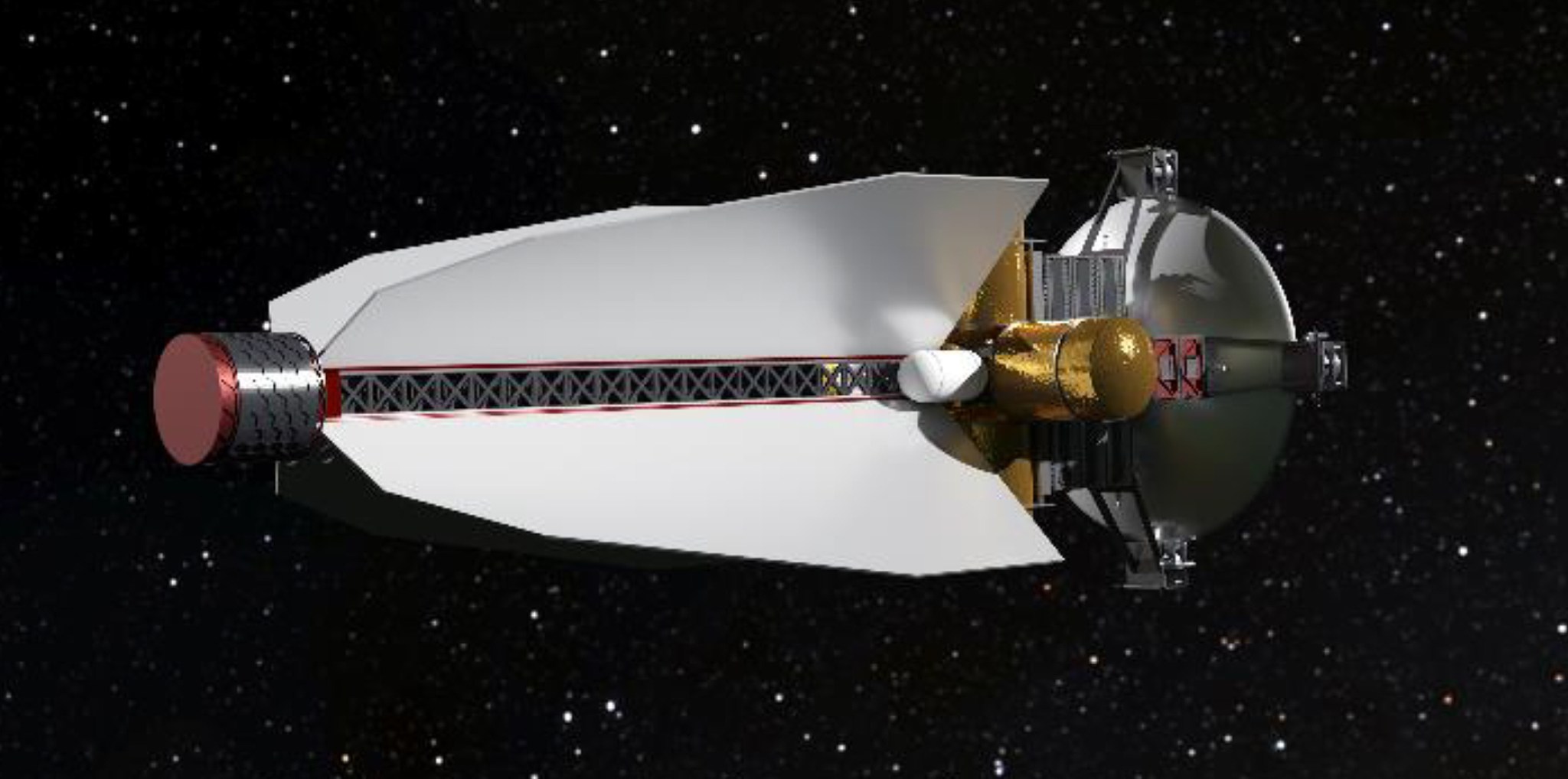Troy Howe
Howe Industries LLC
Nuclear electric propulsion (NEP) systems have the potential to provide a very effective transit mechanism to celestial bodies outside of the realm of solar power, yet the heavy power source and massive radiators required to justify a reactor core often push NEP spacecraft towards very large masses and major missions. If the total mass of an NEP system could be reduced to levels that were able to be launched on smaller vehicles, these devices could deliver scientific payloads to anywhere in the solar system. One major destination of recent importance is Europa, one of the moons of Jupiter, which may contain traces of extraterrestrial life deep beneath the surface of its icy crust. Occasionally, the subsurface water on Europa violently breaks through the icy crust and bursts into the space above, creating a large water plume. One proposed method of searching for evidence of life on Europa is to orbit the moon and scan these plumes for ejected organic material. By deploying a swarm of Cubesats, these plumes can be flown through and analyzed multiple times to find important scientific data.
While the mass of the spacecraft required for this mission is often very large, the actual satellite payload is relatively small. The majority of the mass comes from fuel (in chemical rocket systems), or power generation (in solar or nuclear systems). By reducing the mass of the reactor in an NEP system, suddenly the option for inexpensive missions with small payloads opens up, including the Europa plume exploration missions.
The Swarm-Probe Enabling ATEG Reactor, or SPEAR, is a nuclear electric propulsion spacecraft that uses a new, lightweight reactor moderator and advanced thermoelectric generators (ATEGs) to greatly reduce overall core mass. This will subsequently require a reduction in operating temperatures and reduce the total power levels achievable by the core. However, the reduced mass will require reduced power for propulsion, resulting in a small, inexpensive nuclear electric spacecraft.
The phase I effort showed that a low mass probe was feasible and that key component- the ATEG conversion system- had extremely high potential for efficient, solid state power conversion. The Phase II effort will build on these findings to demonstrate a functioning ATEG unit and show the increased efficiency in a working unit. This will be done by creating a boron based ATEG and operating it at a test reactor at KSU to simulate the radiation field created by the SPEAR. The ionizing radiation will improve the material properties of the TEG feet (as demonstrated in phase I) and show unequivocally that the performance improves.
The major tasks in this phase will include:
- Demonstrating performance of the improved ATEG units.
- Improving the computational model for the ATEG performance prediction so that new combinations of materials can be used in the future.
- Optimizing the SPEAR reactor to minimize mass and cost.
- Identifying detailed trajectory and mission info for orbital insertion and Cubesat orbits to gather data from Europa plumes.
- Creating a low mass NEP system will open many new opportunities for research in the future. Using smaller rockets will provide flagship class results with much smaller missions. Additionally, the development of the ATEG units and small reactors can provide power to other rovers, surface bases, satellites, or a number of other missions.
Development of the SPEAR probe will show that inexpensive, effective nuclear technologies can be achieved for future space exploration.

































